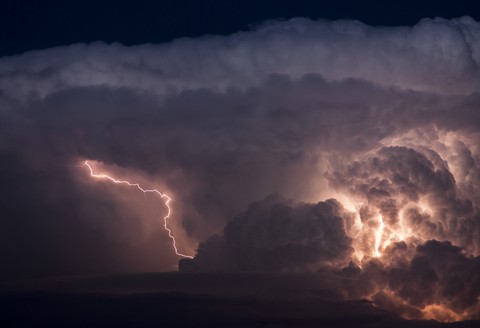Here is when this first took place:
The flight took place six years ago, but the team is only now reporting the result (J. R. Dwyer et al. J. Plasma Phys.; in the press). “The observation is a puzzle,” says Michael Briggs, a physicist at the NASA Marshall Space Flight Center in Huntsville, Alabama, who was not involved in the report.
A key feature of antimatter is that when a particle of it makes contact with its ordinary-matter counterpart, both are instantly transformed into other particles in a process known as annihilation. This makes antimatter exceedingly rare. However, it has long been known that positrons are produced by the decay of radioactive atoms and by astrophysical phenomena, such as cosmic rays plunging into the atmosphere from outer space. In the past decade, research by Dwyer and others has shown that storms also produce positrons, as well as highly energetic photons, or γ-rays.
There are a few other possible explanations hypothesized but no one knows for sure.
thanks to nature.com and David Castelvecchi for the info
